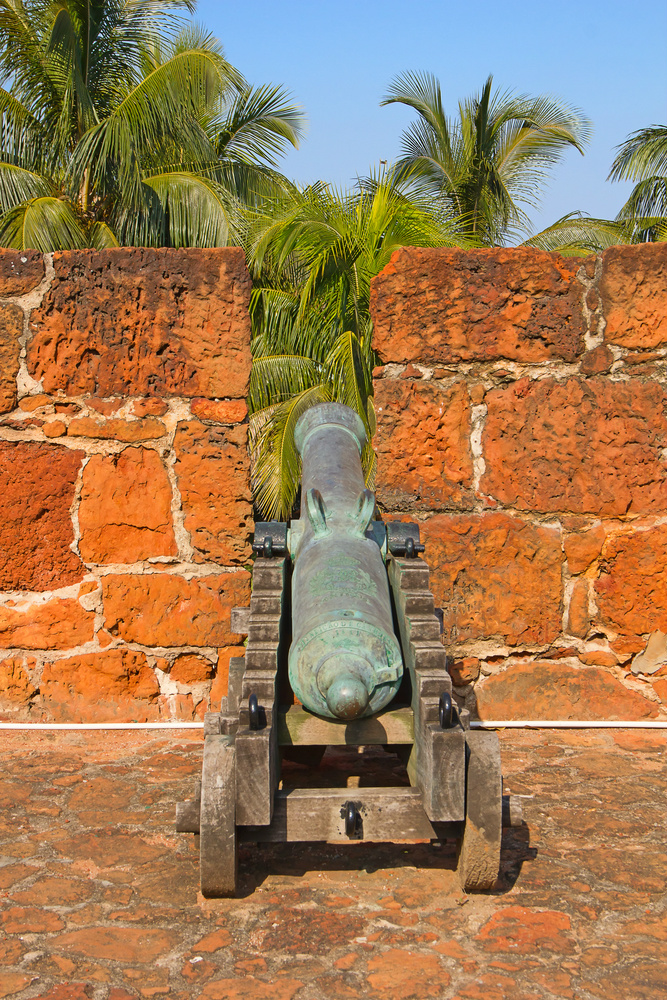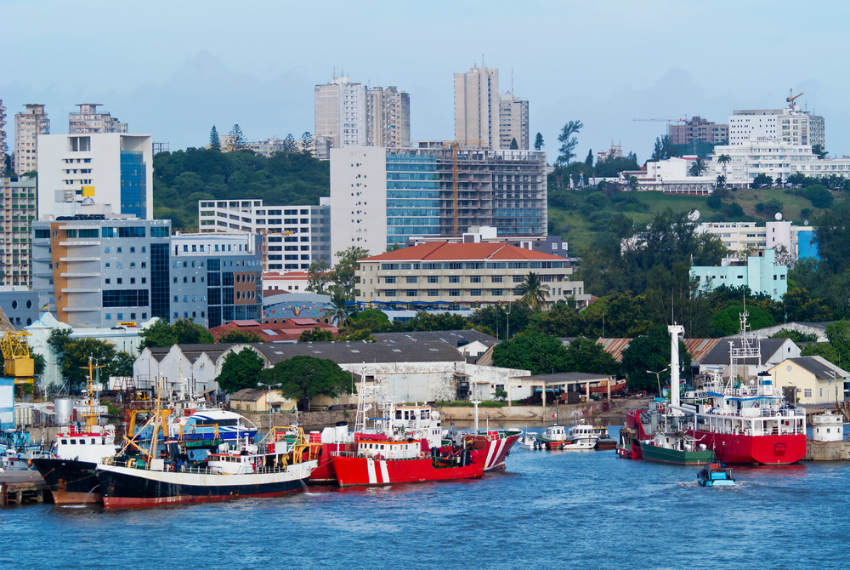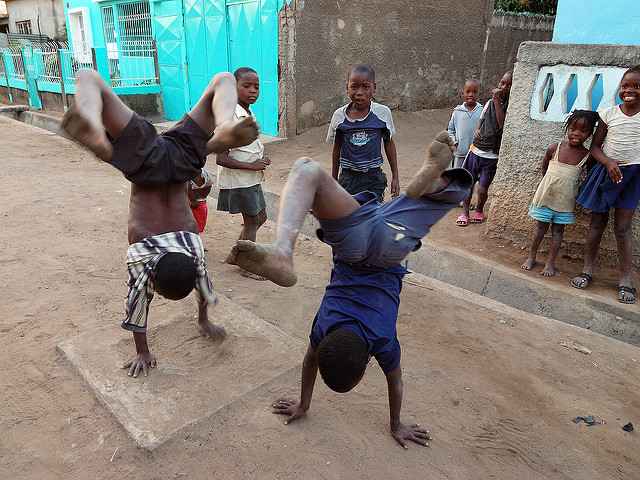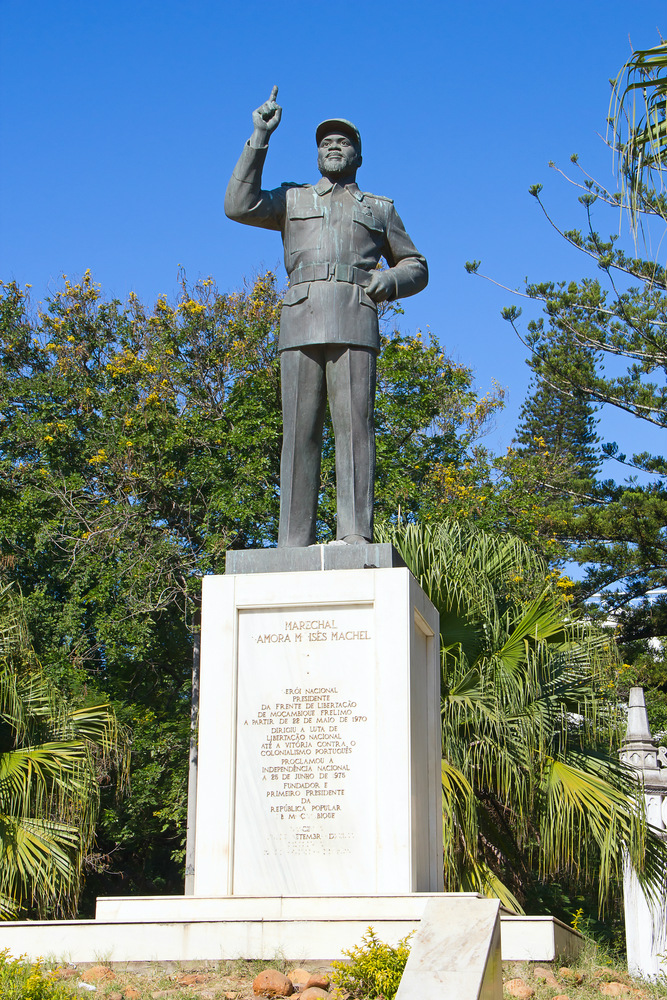Long known as a sleepy seaport, Maputo has grown into one of the most cosmopolitan cities in Africa — but it wasn’t always like that. The city was a key location for the Indian spice trade, was ruled by the Portuguese for centuries, and experienced a deadly civil war. All of these events led to a city rich in culture and history. From its early explorers, to the famous architects that built it, to the people that live there, here are 8 things you didn’t know about Maputo, Mozambique.

A cannon inside the Old Fort of Maputo (Shutterstock)
It was named after Portuguese navigator
The city was once named after Portuguese navigator Lourenço Marques before it became Maputo. Before that, it was known as Delagoa Bay. Marques was sent to the area in 1544 to explore around the rivers and the bay. The Portuguese established several forts and trading stations in the city, only to abandon them, then reoccupy them.

Waterfront, Maputo, Mozambique (Shutterstock)
It didn’t grow much until the late 19th century
Maputo was a rather small fishing village up until the late 19th century when a railroad from Pretoria, South Africa was completed and connected the two cities together. Much of the export of gold from South Africa was shipped to Maputo along this route. After that, the city quickly began to grow and became the capital of Mozambique in 1907, replacing the Island of Mozambique (now a UNESCO World Heritage Site).

Courtesy of Ana Raquel S. Hernandes / flickr
It has one of the most beautiful railway stations in the world
Speaking of railroads, Maputo has one of the most beautiful railway stations in the world. It was built between 1913-1916 and designed by some of the world’s most prominent architects. The station is covered in gorgeous lattice work and there’s a museum inside about the history of railways in Mozambique. If the architecture reminds you of France, you wouldn’t be far off, as the dome on top of the station was designed by a colleague of Gustave Eiffel.

Shutterstock
There were many people living there when Vasco da Gama “discovered” it
Before Lourenço Marques did his exploration, Vasco da Gama sailed into Maputo and the Island of Mozambique in 1498, only to discover there were plenty of people already living there. The region had a developed society with plenty of wealthy merchants doing trade in the region. Vasco didn’t have much to trade with the locals, so he was forced to leave the area, and shot cannons at the city as he was fleeing.
It has one of the most famous restored hotels in the world
Known as the Grand Dame of Africa, the Hotel Polana is one of the most famous restored hotels in the world. When it was built in 1922, it was known as one of the best and most modern hotels in the world, outclassing most in Europe. It quickly became a playground for the rich and was known as a meeting place for spies and secret agents of German and Italian forces during World War II. Although the hotel went through some rough times after changing hands from Portugal, it has since been restored by the Serena hotel group to its original luxury.

Courtesy of Rosino / flickr
It used to be racially segregated
Unfortunately, like many cities in Southern Africa, Maputo was once completely segregated. The Portuguese population used to live in an all-white area called Cement City. These residents had access to gorgeous buildings, wide avenues, public gardens and all the amenities of modern city life. The Africans had to live in shanty towns on the outside of town with barely any resources whatsoever. Today, the old policies are over and everybody can enjoy the city.
It’s the setting of several big Hollywood movies
Once known for censoring films and having a state-run film industry, Maputo has opened up to several productions in recent years. The city has been the background for several big Hollywood movies such as Ali, Blood Diamond, and The Interpreter. In particular, the Maputo Railway Station and urban streets served as a stand in for Sierra Leone during the filming of Blood Diamond.

Shutterstock
The city went through a 17 year Civil War
Now a tourist hot-spot, the city wasn’t so great for them from the late 1970s to the early 1990s. The country was experiencing a long civil war, and many places in the city were raided during this time. One of the first things people see coming in through the airport is a large mural depicting the civil war. There are also several monuments (like the one above) around the city that commemorate the war.
Relevant content on AFKTravel:
8 Places To Chow Down On Seafood In Maputo
Magnetic Maputo: 10 Reasons The City Will Pull You In
A Practical Guide To Maputo, Mozambique
Want to discover the finer side of Africa? Sign up for our weekly newsletter.
